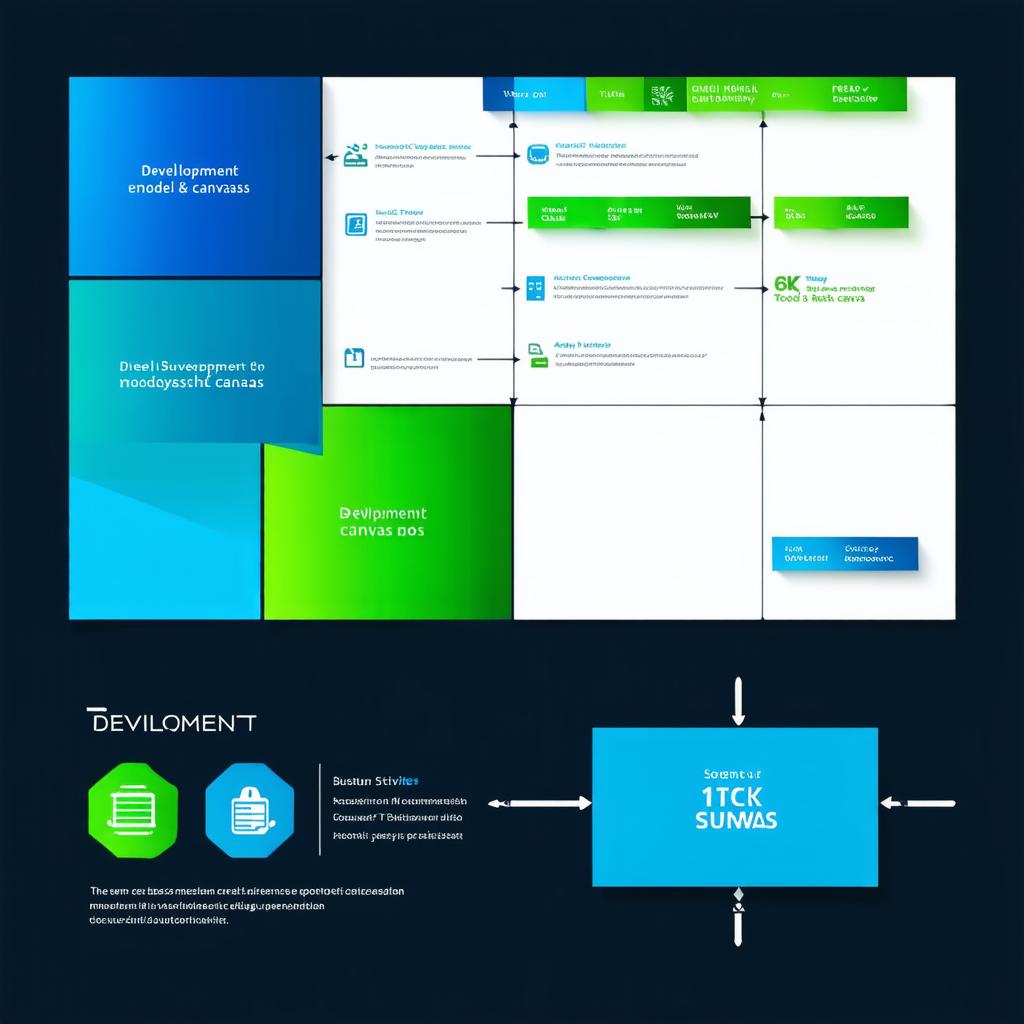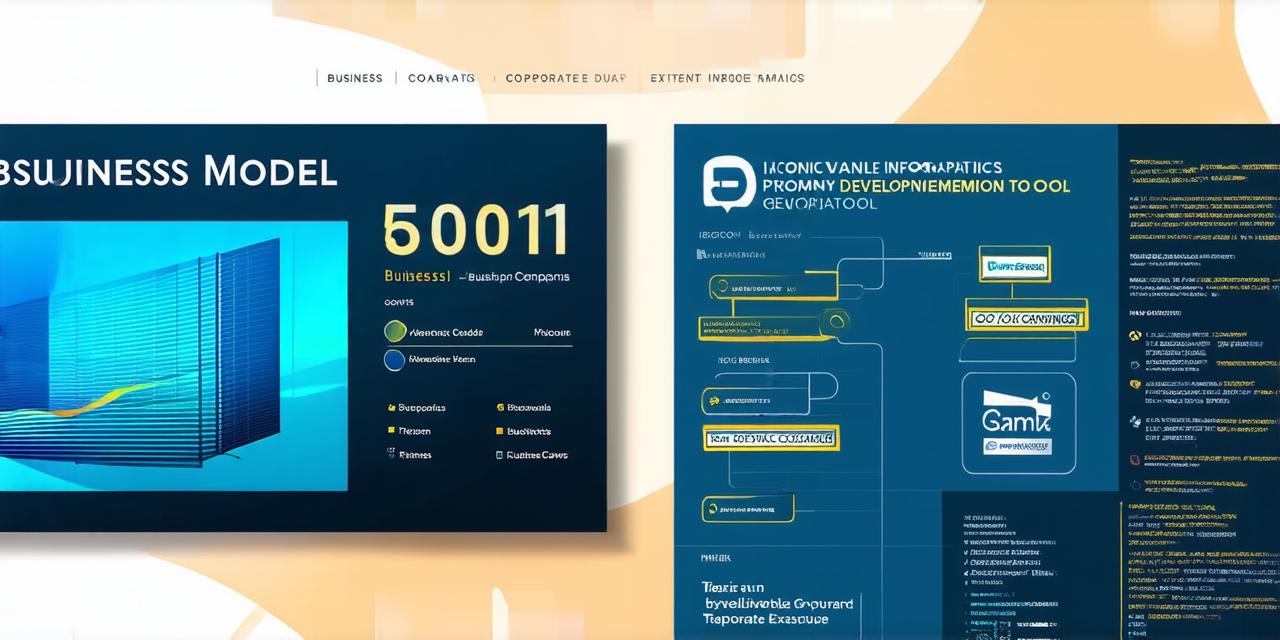The Business Model Canvas (BMC) is an essential tool for entrepreneurs and business owners to design and implement their business strategies. Its purpose is to provide a visual representation of the core components of a business model, helping companies to identify potential challenges and opportunities for growth.
The Evolution of the Business Model Canvas
The BMC was first introduced by Alexander Osterwalder and Salim Ismail in their 2010 book, “Business Model Generation.” The idea behind the tool is to provide a framework for entrepreneurs to map out the key components of their business model, such as customer segments, value propositions, channels, customer relationships, revenue streams, key activities, key resources, and cost structure.

Before the BMC, there were several other tools available for mapping out business models, but they were often too complex or difficult to use. The BMC was designed to be simple and intuitive, making it accessible to a wide range of entrepreneurs and business owners.
Effectiveness of the Business Model Canvas
Since its introduction, the BMC has become an indispensable tool for many businesses. It provides a clear and concise overview of the core components of a business model, allowing companies to identify potential areas for improvement or innovation.
One of the key benefits of the BMC is that it encourages entrepreneurs to think critically about their business models. By mapping out the key components, they can gain a deeper understanding of how their business operates and identify potential areas for improvement.
Another benefit of the BMC is that it helps companies to communicate their business models more effectively. By providing a visual representation of the key components, entrepreneurs can easily explain their business model to investors, customers, and other stakeholders.
Real-Life Examples of the Business Model Canvas in Action
The BMC has been used successfully by many businesses across a range of industries. One notable example is Airbnb, which has used the BMC to map out its unique business model. By identifying its key resources (such as its online platform) and revenue streams (such as commissions from bookings), Airbnb has been able to grow rapidly and become one of the most successful startups in recent years.
Another example is Dropbox, which used the BMC to identify potential areas for improvement in its business model. By mapping out its key resources (such as its cloud storage technology) and revenue streams (such as freemium pricing), Dropbox was able to refine its business model and become one of the most successful file-sharing companies in the world.
FAQs
Q: What is the Business Model Canvas?
A: The Business Model Canvas is a tool used by entrepreneurs and business owners to design and implement their business strategies. It provides a visual representation of the core components of a business model, helping companies to identify potential challenges and opportunities for growth.
Q: Who developed the Business Model Canvas?
A: The Business Model Canvas was first introduced by Alexander Osterwalder and Salim Ismail in their 2010 book, “Business Model Generation.”
Q: What are the key components of the Business Model Canvas?
A: The key components of the Business Model Canvas include customer segments, value propositions, channels, customer relationships, revenue streams, key activities, key resources, and cost structure.
Conclusion
In conclusion, the Business Model Canvas is an essential tool for entrepreneurs and business owners to map out their business models and identify potential areas for improvement or innovation. Its simplicity and effectiveness have made it an indispensable tool for many businesses across a range of industries. By using the BMC, companies can gain a deeper understanding of their business models and communicate them more effectively to investors, customers, and other stakeholders.


